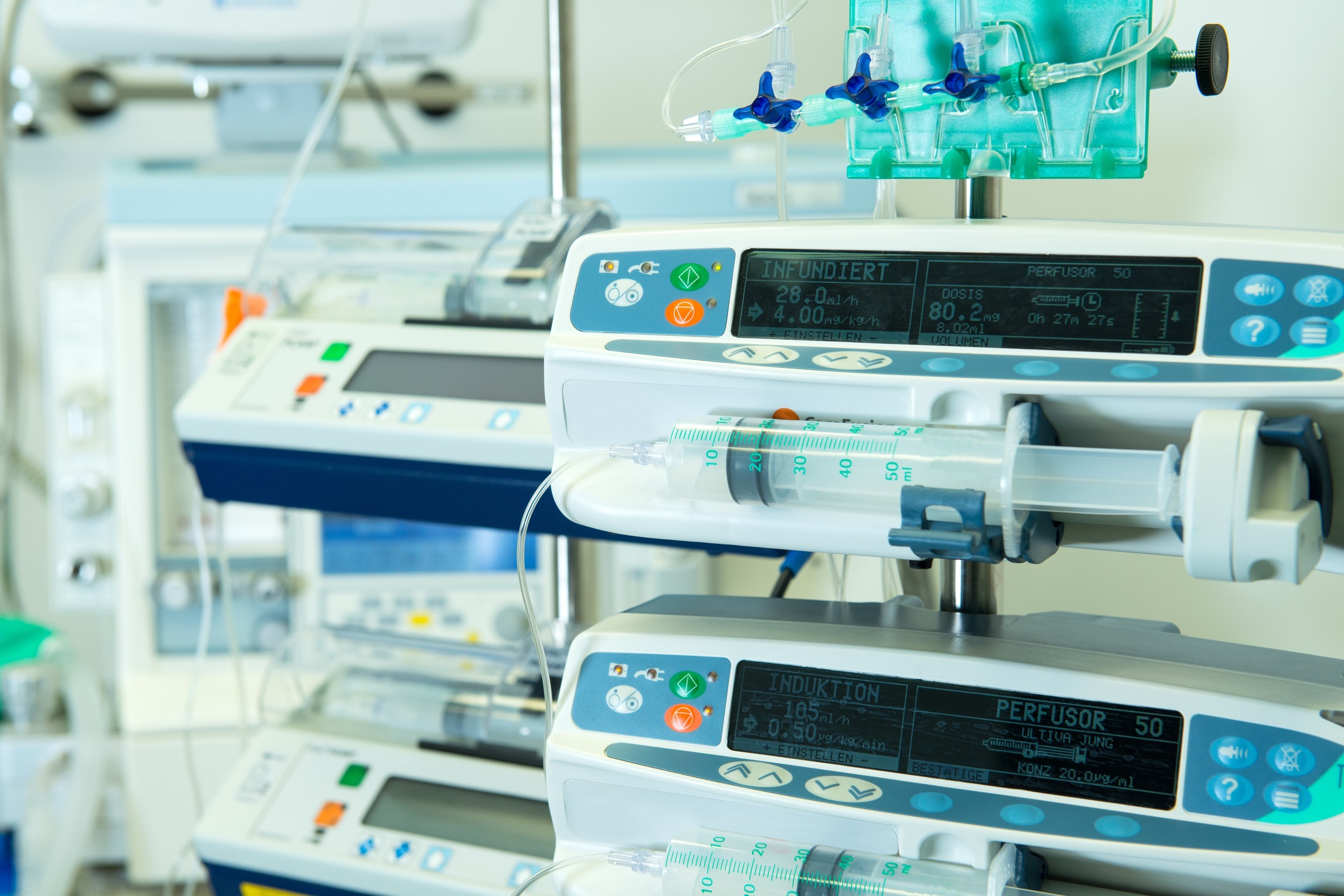
In our first post, we talked about international risk management standards and guidance applicable to medical device software, including the ISO 14971 and IEC 62304 standards. In this post we will discuss specific compliance requirements in the US and Europe for medical device software paired with hardware, and stand-alone Software as a Medical Device (SaMD).
The FDA provides guidance on Software as a Medical Device (SaMD) through the Digital Health Center of Excellence. SaMD is defined as software intended to be used for one or more medical purposes that perform these purposes without being part of a hardware medical device.
The FDA emphasizes the importance of a quality management system (QMS) for SaMD, which includes risk management, clinical evaluation, and post-market surveillance.
.
ISO 14971 and IEC 62304 are international standards intended to help you meet regional requirements, such as those imposed by the European Medical Devices Directive (MDD 93/42/EEC) and the EU Medical Device Regulation (MDR 2017/745). The EU MDR replaced the MDD and went into effect in May 2021, so we will focus on it in this article. You may find this PDF copy of the EU MDR to be a helpful reference tool as it contains quick links to each section of the EU MDR.
Annex VIII, Chapter III of the EU MDR deals with how medical devices are classified. The section within Chapter III that pertains to software is Rule 11. Here’s a summary of what Rule 11 says: If the software is used to make decisions with diagnosis or therapeutic purposes, then it is considered a Class IIa medical device UNLESS:
Annex I of the EU MDR (General Safety and Performance Requirements) contains two sections directly and indirectly affecting software. Chapter 1, Section 15 briefly notes that with devices with a measuring function shall be designed and manufactured in such a way as to provide sufficient accuracy, precision and stability for their intended purpose, based on appropriate scientific and technical methods. This means:
Section 17 deals with PEMS (Programmable Electrical Medical System), which these days is generally referred to as software in a medical device. Almost all current products have microprocessors that run the device, so PEMS is just an older phrase used. These can be devices that incorporate electronic programmable systems and software, or software that is a device unto itself. Meeting the requirements of this section necessitate the following:
You will want to read Annex I, Chapter 1, Sections 1-9 of the EU MDR dealing with the general requirements, including application of risk management. Although ISO 14971 is not mentioned in the EU MDR, the clauses provide a direct link to risk management principles so it is important that you review them. Because software is often viewed as a black box, you will need to thoroughly identify all hazards to understand the risks posed to users. Challenges with software often include understanding user impacts, and unforeseen events that can occur with software or software-controlled devices.
Further along in Chapter 1, Section 22 talks about how software must be designed for lay users and their environment. That’s important, because software has a direct impact on usability not just information presented on screen, but also how users interact with software and the device. As such, as part of the risk management process, it is especially important for you to conduct usability studies if your software is used by lay persons. Usability studies help identify unforeseen risks and document that hazards have been properly identified.
In addition to international standards, the US Food and Drug Administration (FDA) has a number of guidance documents or regulations that pertain to medical device software and/or risk management. Guidance documents issued by FDA reflect their current thinking on a topic. Even in draft format they should be carefully followed and not merely viewed as suggestions. Here are some of the major regulatory obligations you should know:
FDA has a number of other guidance documents you should review on these topics:
As embedded software and SaMD play an increasingly important role, it is critical that developer and regulatory professionals understand their regulatory obligations. Oriel STAT A MATRIX specializes in helping medical device companies and can help you navigate the regulatory maze. Our risk management consulting services and training classes as well as our Medical Device Software Development, Verification, and Validation Training or Medical Device Cybersecurity class will arm you with the foundational knowledge you need to develop medical device software or SaMD in compliance with US, European, and international risk management requirements.

US OfficeWashington DC
EU OfficeCork, Ireland



UNITED STATES
1055 Thomas Jefferson St. NW
Suite 304
Washington, DC 20007
Phone: 1.800.472.6477
EUROPE
4 Emmet House, Barrack Square
Ballincollig
Cork, Ireland
Phone: +353 21 212 8530